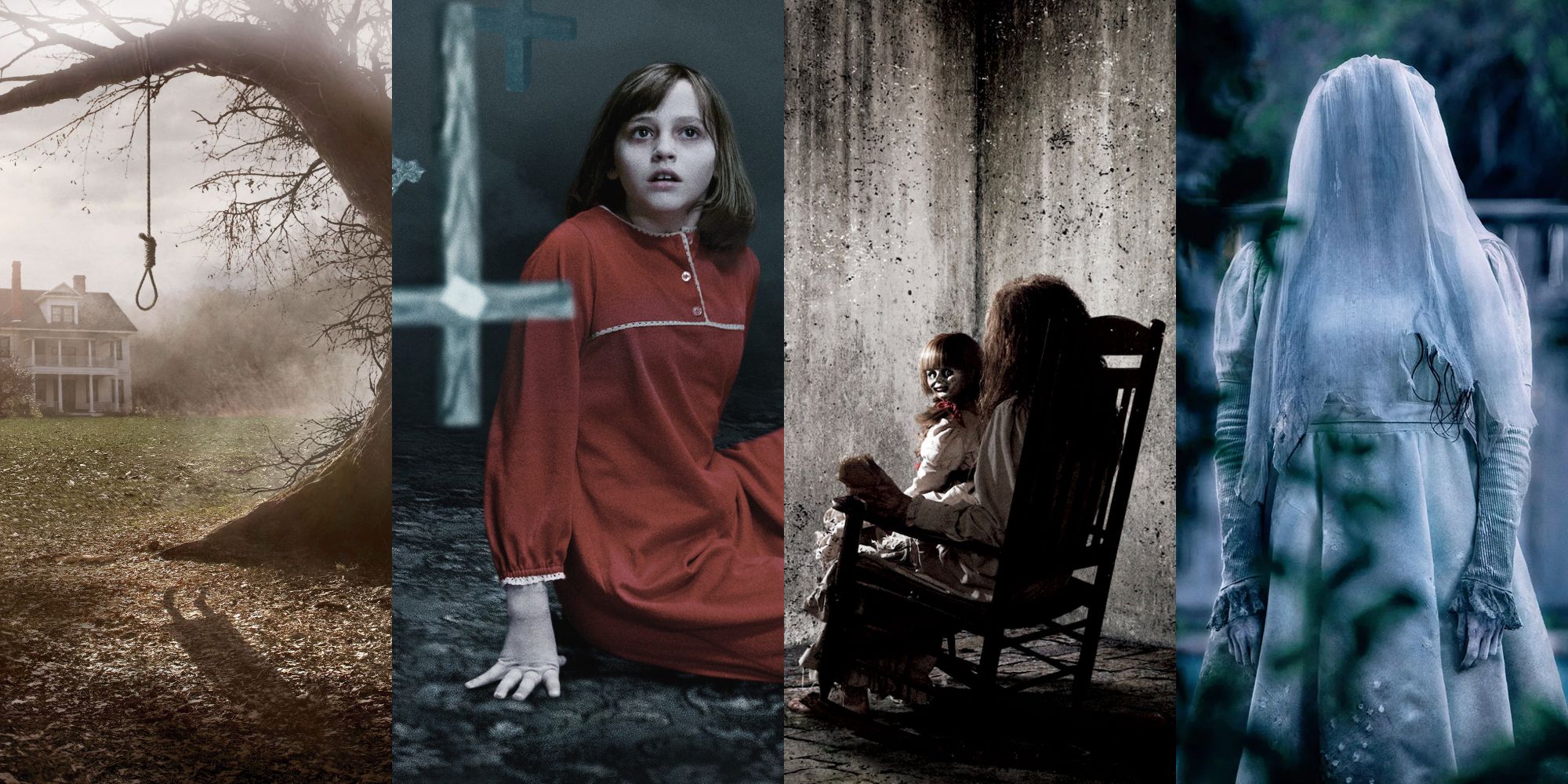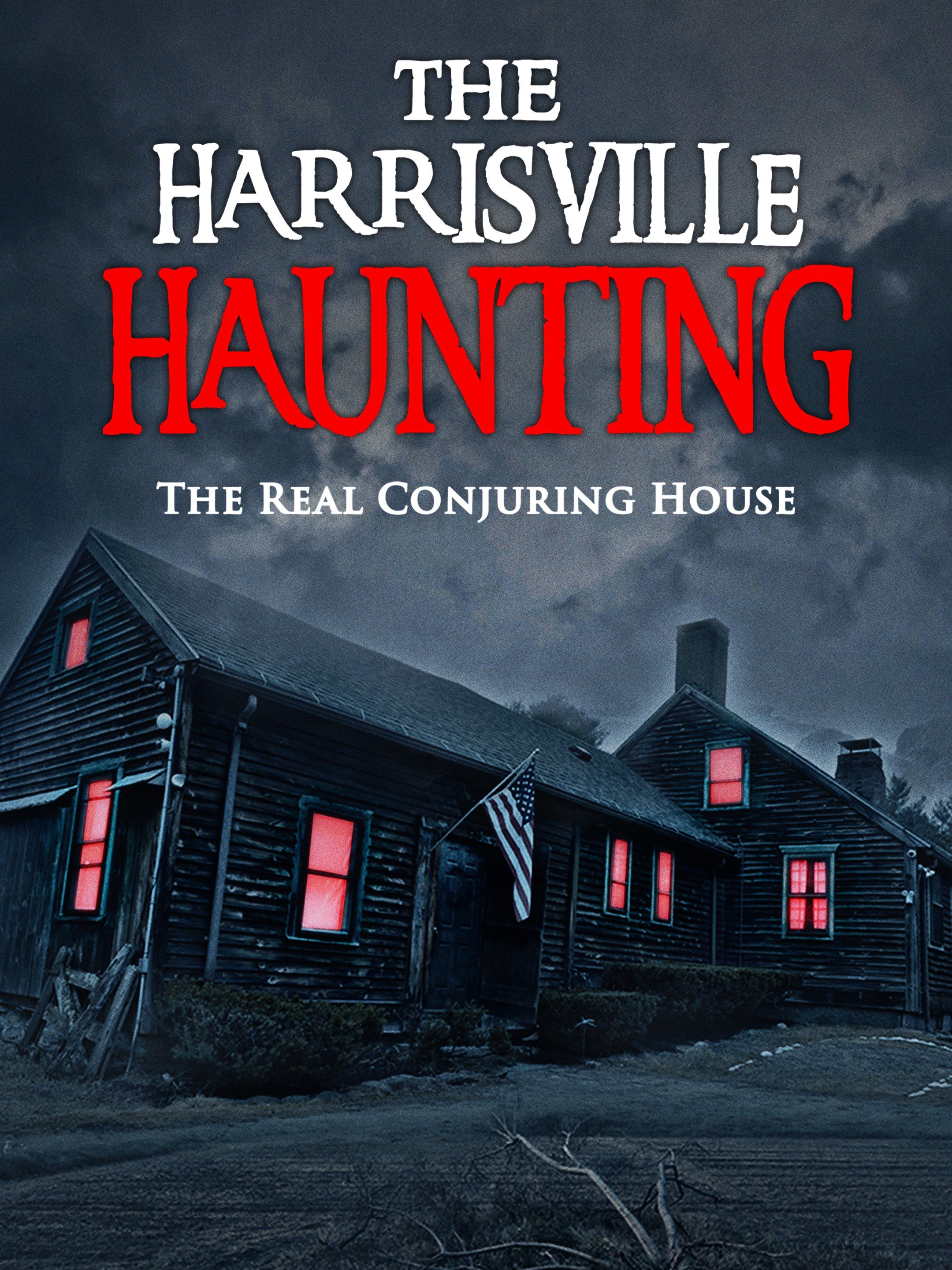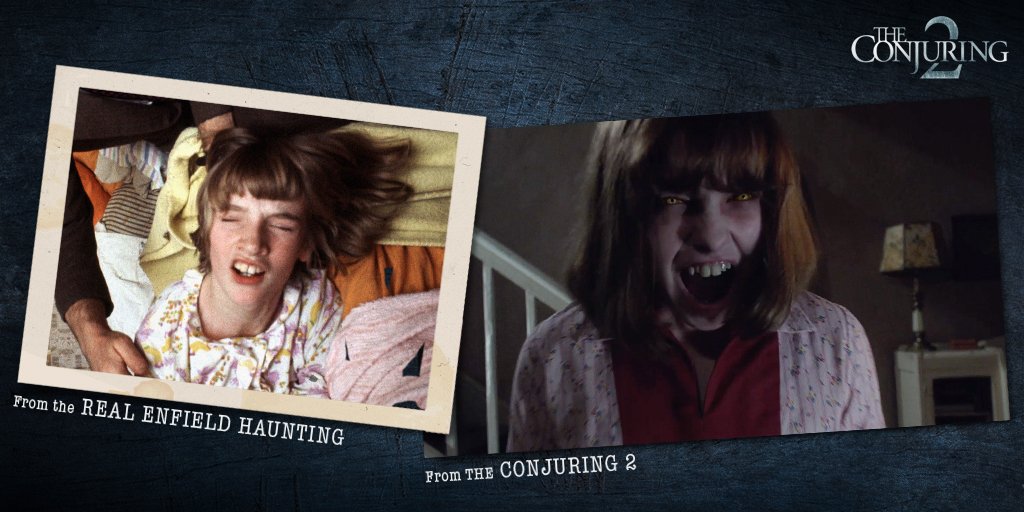Is The Conjuring real? This question has haunted the minds of fans and skeptics alike since the release of the first film in 2013. The Conjuring series, based on the alleged paranormal investigations of Ed and Lorraine Warren, has captivated audiences worldwide with its chilling stories. But how much of it is rooted in reality? In this article, we will delve into the truth behind the events portrayed in the films and explore the real-life cases that inspired them.
The Conjuring franchise, developed by James Wan, has become a cornerstone of modern horror cinema. With its blend of supernatural elements and real-life inspiration, the series continues to generate both fascination and skepticism. As we explore the reality behind The Conjuring, we aim to separate fact from fiction and provide a deeper understanding of the events that inspired the films.
This article will also examine the credibility of Ed and Lorraine Warren, the paranormal investigators whose work forms the foundation of the series. By analyzing historical records, interviews, and expert opinions, we will uncover the truth behind the question: Is The Conjuring real?
Read also:Unveiling The Success Blueprint A Comprehensive Look At Nathan Ellis Coach
Table of Contents
- Introduction to The Conjuring Franchise
- Real-Life Cases That Inspired The Conjuring
- Who Are Ed and Lorraine Warren?
- The Amityville Horror Connection
- The Annabelle Doll: Fact or Fiction?
- Critics' Perspective on The Conjuring
- Scientific Explanations for Paranormal Phenomena
- Film vs. Reality: Key Differences
- Spiritual Beliefs and Cultural Context
- Conclusion: Is The Conjuring Real?
Introduction to The Conjuring Franchise
The Conjuring is a horror franchise that revolves around the supernatural investigations of Ed and Lorraine Warren, a husband-and-wife team known for their work in the paranormal field. The films, directed by James Wan, are based on real-life cases documented by the Warrens, who claimed to have encountered demons, ghosts, and other supernatural entities throughout their careers.
What Makes The Conjuring Stand Out?
Unlike many horror films that rely on fictional narratives, The Conjuring series is marketed as being inspired by true events. This claim adds an extra layer of intrigue for viewers, making the films more compelling and believable. However, the question of whether these events truly occurred remains a subject of debate.
Key elements of the franchise include:
- Historical cases that allegedly involved demonic possession.
- Supernatural phenomena documented by the Warrens.
- Real-life artifacts, such as the infamous Annabelle doll.
Real-Life Cases That Inspired The Conjuring
Several high-profile cases investigated by Ed and Lorraine Warren served as the basis for the films in The Conjuring universe. These cases include the haunting of the Perron family in Rhode Island, the Annabelle doll incident, and the Amityville Horror events. Each case has been meticulously documented by the Warrens and has become a cornerstone of their legacy.
The Perron Family Haunting
The Perron family case, which forms the central narrative of The Conjuring, involves a family allegedly tormented by malevolent spirits in their Rhode Island home. According to the Warrens, the family experienced a range of paranormal activities, including unexplained noises, physical assaults, and communication with a spirit named Bathsheba.
Data and statistics from interviews conducted with the Perron family members suggest that the haunting lasted for over a decade. However, skeptics argue that much of the evidence is anecdotal and lacks concrete proof.
Read also:Discover The Charm Of Bedford Post In Bedford Ny A Hidden Gem Worth Exploring
Who Are Ed and Lorraine Warren?
Ed and Lorraine Warren were paranormal investigators based in Connecticut. They founded the New England Society for Psychic Research and gained fame for their work in the paranormal field. Lorraine, a self-proclaimed psychic, claimed to have the ability to communicate with spirits, while Ed focused on researching and documenting these encounters.
Biography of Ed and Lorraine Warren
| Aspect | Ed Warren | Lorraine Warren |
|---|---|---|
| Birthdate | September 7, 1926 | January 31, 1927 |
| Death | August 23, 2006 | April 18, 2019 |
| Profession | Paranormal Investigator | Paranormal Investigator/Psychic |
| Notable Works | Investigations into demonic possession cases | Communication with spirits and documentation of cases |
Throughout their careers, the Warrens claimed to have investigated over 10,000 cases of paranormal activity. Their work has been both praised and criticized by experts in the field.
The Amityville Horror Connection
The Amityville Horror, one of the most infamous paranormal cases in history, has a direct connection to Ed and Lorraine Warren. The Warrens were called in to investigate the DeFeo family murders and the subsequent haunting experienced by the Lutz family in Amityville, New York.
Key Details of the Amityville Case
The Amityville Horror case involves the murder of six family members by Ronald DeFeo Jr. in 1974. The Lutz family, who later moved into the house, claimed to have experienced a series of paranormal events, including moving objects, strange noises, and a sense of evil presence. The Warrens documented these events and attributed them to a malevolent force.
While the Amityville case has been widely publicized, skeptics argue that much of the story was fabricated for profit. Investigations by journalists and experts have raised doubts about the authenticity of the claims.
The Annabelle Doll: Fact or Fiction?
One of the most iconic artifacts in The Conjuring universe is the Annabelle doll, a Raggedy Ann doll allegedly possessed by a spirit. The Warrens claimed to have investigated the case of a young nursing student who reported strange occurrences surrounding the doll.
Is the Annabelle Doll Real?
According to the Warrens, the Annabelle doll was gifted to a student named Donna after her cousin, Angie, allegedly summoned a spirit during a Ouija board session. The doll reportedly moved on its own, spoke, and exhibited other supernatural behaviors. The Warrens eventually took possession of the doll and placed it in their occult museum.
Skeptics argue that the Annabelle case lacks credible evidence and may have been exaggerated for dramatic effect. Despite this, the doll remains a central figure in The Conjuring franchise.
Critics' Perspective on The Conjuring
While The Conjuring series has been praised for its storytelling and production quality, it has also faced criticism from skeptics and experts in the paranormal field. Critics argue that the films exaggerate the events depicted and rely heavily on sensationalism to captivate audiences.
Common Criticisms of The Conjuring
- Over-reliance on anecdotal evidence.
- Lack of scientific validation for claims of supernatural activity.
- Potential for manipulation or fabrication of evidence.
Experts in psychology and neuroscience suggest that many of the phenomena described in The Conjuring can be explained by natural causes, such as sleep paralysis or psychological disorders.
Scientific Explanations for Paranormal Phenomena
While The Conjuring portrays supernatural events as undeniable truths, science offers alternative explanations for many of the phenomena described in the films. Sleep paralysis, hallucinations, and psychological stress can all contribute to the perception of paranormal activity.
Key Scientific Theories
Studies conducted by researchers in the field of psychology and neuroscience have identified several potential explanations for reported paranormal experiences:
- Sleep paralysis: A condition where individuals experience temporary muscle paralysis and vivid hallucinations upon waking.
- Stress-induced hallucinations: High levels of stress can lead to auditory or visual hallucinations in some individuals.
- Cultural influences: Beliefs and cultural narratives can shape perceptions of supernatural events.
While these explanations do not dismiss the experiences of those involved, they offer a rational perspective on the events depicted in The Conjuring.
Film vs. Reality: Key Differences
While The Conjuring films claim to be based on true events, there are notable differences between the films and the actual cases investigated by the Warrens. These differences highlight the creative liberties taken by filmmakers to enhance the storytelling experience.
Major Differences Between Film and Reality
- Exaggerated portrayal of supernatural events.
- Omission of contradictory evidence or alternative explanations.
- Streamlined timelines to fit the narrative structure of the films.
By comparing the films to the documented cases, viewers can gain a better understanding of the creative process involved in adapting real-life events for the screen.
Spiritual Beliefs and Cultural Context
The Conjuring franchise reflects broader spiritual beliefs and cultural narratives about the supernatural. In many cultures, the idea of spirits, demons, and other supernatural entities is deeply rooted in religious and traditional practices. The Warrens' work aligns with these beliefs, emphasizing the existence of a spiritual realm that intersects with the physical world.
Impact of Spiritual Beliefs on The Conjuring
The Warrens' Catholic faith plays a significant role in their approach to paranormal investigations. They often incorporate religious rituals and artifacts into their work, viewing them as tools to combat malevolent forces. This perspective resonates with audiences who share similar beliefs, adding an extra layer of authenticity to the films.
However, it is important to recognize that spiritual beliefs vary widely across cultures and individuals. What may seem plausible to one person may not hold the same weight for another.
Conclusion: Is The Conjuring Real?
In conclusion, the question of whether The Conjuring is real remains a complex and multifaceted issue. While the films are based on real-life cases investigated by Ed and Lorraine Warren, the extent to which these events occurred as depicted is open to interpretation. Skeptics argue that much of the evidence is anecdotal and lacks scientific validation, while believers maintain that the Warrens' work provides credible documentation of supernatural phenomena.
Ultimately, the truth behind The Conjuring lies in the eye of the beholder. Whether you view the films as factual accounts or fictionalized adaptations, they remain a testament to the enduring fascination with the supernatural.
We invite you to share your thoughts and experiences in the comments below. Have you ever encountered something unexplainable? Let us know! And don't forget to explore our other articles on paranormal phenomena and horror cinema.


